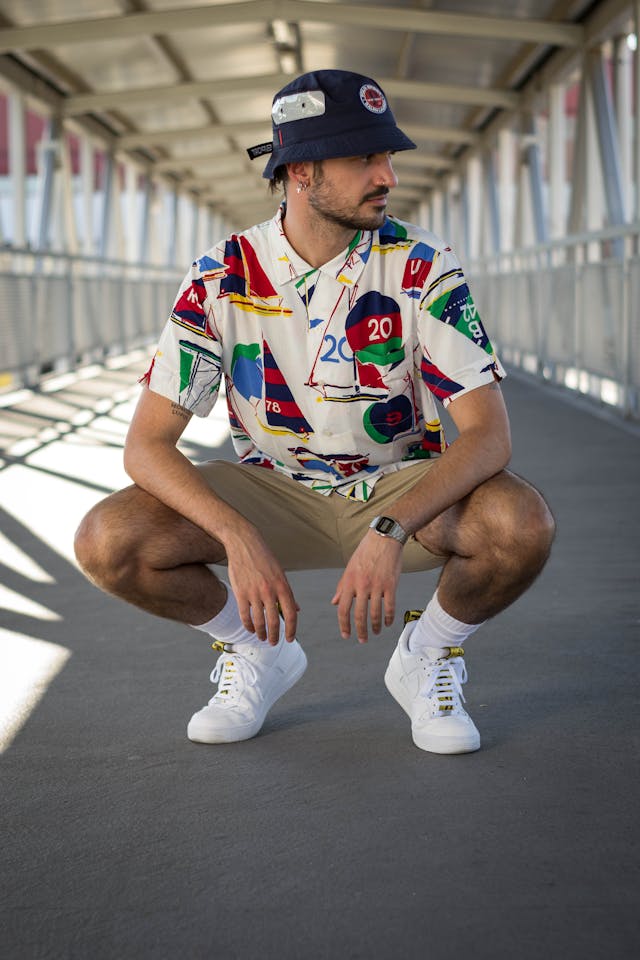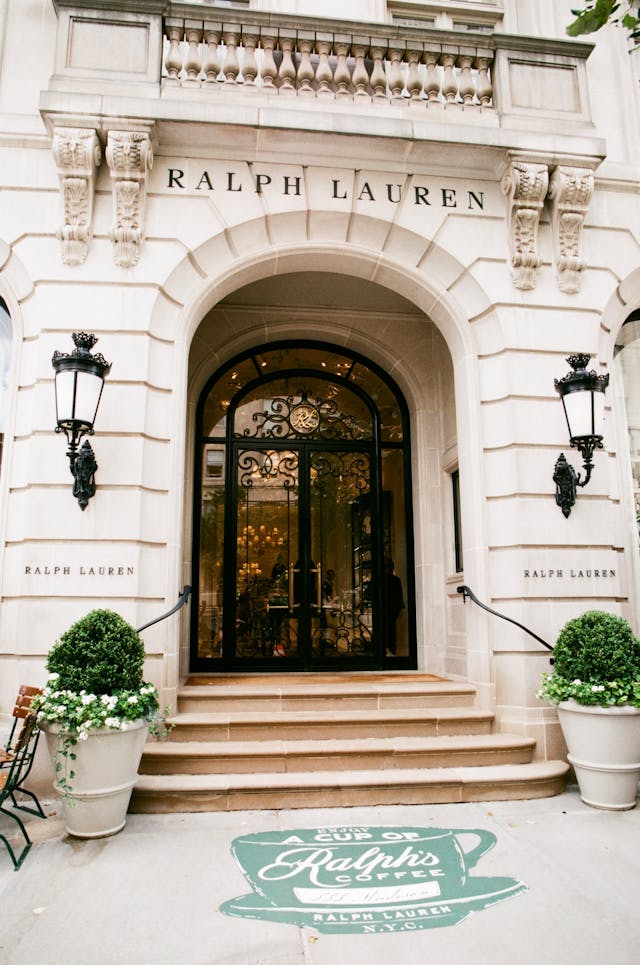Ralph Lauren is more than a brand; it is an institution synonymous with timeless American luxury. Its marketing strategy offers a blueprint for cultivating a global brand identity while staying rooted in a singular, evocative vision. For marketing professionals, the company’s success demonstrates the power of cohesive storytelling, experiential retail, and strategic adaptation in an increasingly dynamic marketplace.
This in-depth look at Ralph Lauren’s marketing approach will explore the core elements of its strategy, highlight successful campaigns, and share key lessons marketers can take away from this iconic brand.
The Core of Ralph Lauren’s Brand Identity
At the heart of Ralph Lauren’s strategy is its ability to craft and maintain a brand identity that resonates with consumers across generations. From its earliest days, the brand has positioned itself as the embodiment of the American dream,aspirational yet approachable, classic yet innovative.
Ralph Lauren’s emphasis on heritage is evident in its product designs and messaging. The company frequently references classic Americana, equestrian culture, and Ivy League aesthetics. This appeal to tradition is balanced by modern sensibilities, making its offerings relevant to both longtime loyalists and newer audiences.
Ralph Lauren’s success lies in its evolution from a clothing retailer into a lifestyle brand. This shift has enabled the company to sell not just clothes but a way of life. From home furnishings to fragrances, the brand’s diverse portfolio reinforces its status as a cultural touchstone.

Signature Campaigns that Define the Brand
The “Polo Ralph Lauren” Launch
One of Ralph Lauren’s defining moments was the launch of Polo Ralph Lauren, which laid the foundation for its iconic preppy style. Through ads featuring affluent lifestyles, the brand established a vision of success that resonated globally. These campaigns often depict polo players, yachts, and country club settings, creating an aspirational yet relatable image.
“Ricky Bag” Campaign
Ralph Lauren’s “Ricky Bag” campaigns showcase luxury and exclusivity. Named after Ralph Lauren’s wife, the Ricky Bag became a status symbol, with campaigns emphasizing craftsmanship and timeless design. These advertisements often included behind-the-scenes content, focusing on the artisanship involved in creating each piece.
“Wear Your Story” Campaign
The 2019 “Wear Your Story” campaign exemplified Ralph Lauren’s ability to blend tradition with personal expression. Focused on its denim line, the campaign encouraged customers to celebrate individuality by sharing their own experiences with the brand’s clothing. This was promoted via digital, social media, and print channels, connecting with consumers on a deeply personal level.
Virtual Fashion Show on TikTok
In a groundbreaking moment, Ralph Lauren partnered with TikTok to host a virtual fashion show, featuring models interacting with viewers. The campaign attracted millions of views, signaling the brand’s willingness to experiment with emerging platforms to reach younger audiences.
“Team USA” Sponsorship
As the official outfitter for Team USA in multiple Olympic Games, Ralph Lauren has masterfully associated itself with national pride and global sportsmanship. The campaigns around these collections emphasize performance, elegance, and the unifying spirit of competition. This partnership enhances the brand’s credibility and visibility on an international scale.

Key Pillars of Ralph Lauren’s Marketing Strategy
Storytelling is woven into every aspect of Ralph Lauren’s marketing. From nostalgic nods to the American dream to aspirational depictions of modern luxury, the brand crafts narratives that evoke emotional connections. Campaigns often tell stories of heritage, craftsmanship, and aspiration, ensuring the brand remains relevant across different demographics.
Ralph Lauren’s stores are designed to reflect the brand’s values, creating immersive environments for customers. For example:
- Flagship Stores: Iconic locations like the Ralph Lauren flagship on Madison Avenue are carefully curated to mirror the brand’s ethos of luxury and refinement.
- Smart Mirror Technology: By incorporating digital innovation into its retail spaces, Ralph Lauren offers customers personalized experiences, such as virtual try-ons and product recommendations.
While maintaining its global appeal, Ralph Lauren adapts its marketing strategies to resonate with local audiences. In China, for instance, the brand has leaned into the concept of “quiet luxury,” which aligns with Chinese preferences for understated sophistication.
Collaborations with prestigious organizations and events,such as Wimbledon, the U.S. Open, and the Met Gala,help Ralph Lauren cement its status as a purveyor of class and culture. These partnerships provide significant exposure while reinforcing the brand’s core values.
Recognizing the power of digital marketing, Ralph Lauren invests heavily in social media and online content. Platforms like Instagram and TikTok are leveraged to showcase products, run influencer campaigns, and engage directly with younger audiences.
Lessons Marketers Can Learn from Ralph Lauren
- Define and Stick to a Clear Brand Identity Ralph Lauren has excelled by maintaining a cohesive identity centered on the American dream. For marketers, this underscores the importance of clarity in brand messaging.
- Invest in Experiential Marketing Immersive retail experiences, such as the integration of smart technology in stores, can create memorable moments for consumers and foster deeper loyalty.
- Be Adaptable, but Authentic The brand’s ability to adapt to different cultural contexts, such as its approach in China, shows the value of tailoring strategies while staying true to your core identity.
- Capitalize on Strategic Partnerships Associating your brand with prestigious events or organizations can enhance your credibility and amplify visibility.
- Leverage Digital Platforms Creatively From TikTok campaigns to augmented reality experiences, Ralph Lauren demonstrates how brands can use digital platforms to engage audiences innovatively and meaningfully.
Ralph Lauren’s marketing strategy is a testament to the power of storytelling, consistency, and adaptability. By seamlessly blending its storied heritage with modern trends, the brand remains a relevant force in the global luxury market. For marketers seeking inspiration, Ralph Lauren offers valuable insights into building a brand that transcends time while staying connected to the present. Its ability to craft a unique lifestyle, embrace innovation, and adapt globally serves as a masterclass in navigating the complexities of modern marketing.

